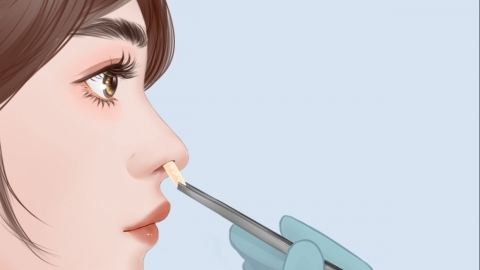Is an L-shaped prosthesis prone to slipping down?
Generally, L-shaped implants are commonly used materials in rhinoplasty procedures to alter the shape of the nose. The typical reference price for L-shaped implant rhinoplasty ranges from 5,000 to 30,000 yuan per session. Noticeable improvement is generally observed within 7 to 15 days, although symptoms such as localized swelling and pain may occur. Whether an L-shaped implant tends to slip after rhinoplasty mainly depends on individual conditions and postoperative care. With good individual health and proper postoperative care, the implant typically does not easily slip. However, if the individual's condition is poor and postoperative care is inadequate, the implant may be more prone to displacement. If discomfort occurs, timely medical consultation is recommended. Detailed analysis is as follows:

If the individual's nasal anatomical structure is relatively normal and suitable for using an L-shaped implant, which can adequately support the entire nose, and if postoperative care is properly conducted, including maintaining local hygiene, adequate rest, and avoiding strenuous activities as instructed by the physician, the L-shaped implant generally does not easily slip or shift.
If the individual has a unique nasal anatomical structure, such as thin nasal bones that cannot provide sufficient support, combined with improper postoperative care, including failure to strictly follow disinfection instructions or engaging in strenuous physical activity, the risk of the L-shaped implant slipping may increase. If displacement occurs, surgical incision of the nose and repositioning of the implant are usually required to achieve proper fixation.
If implant displacement is detected, avoid touching the area manually to prevent further shifting of the implant or additional complications. If symptoms are significant, timely intervention should be carried out based on the implant's position and the degree of displacement.







